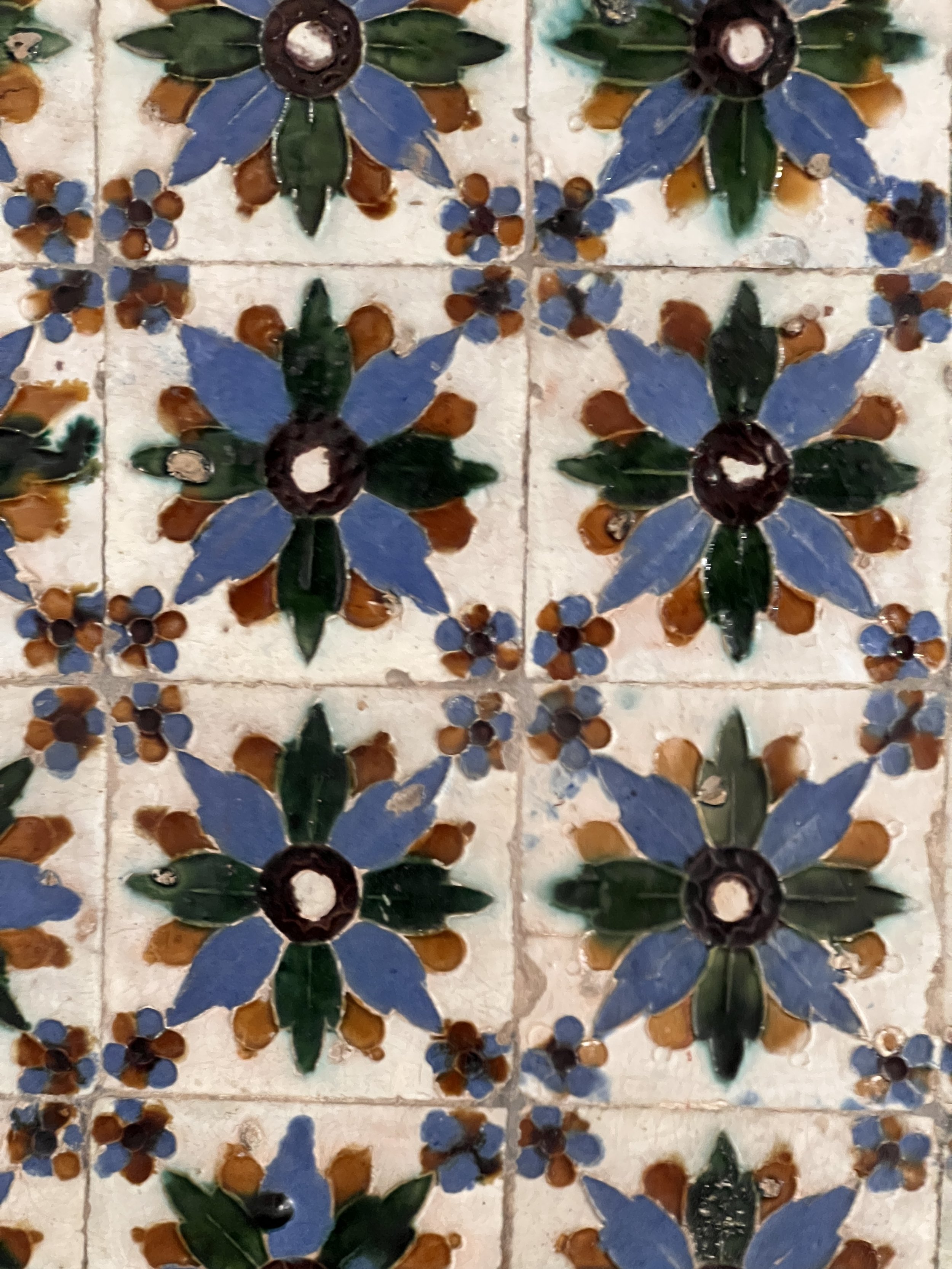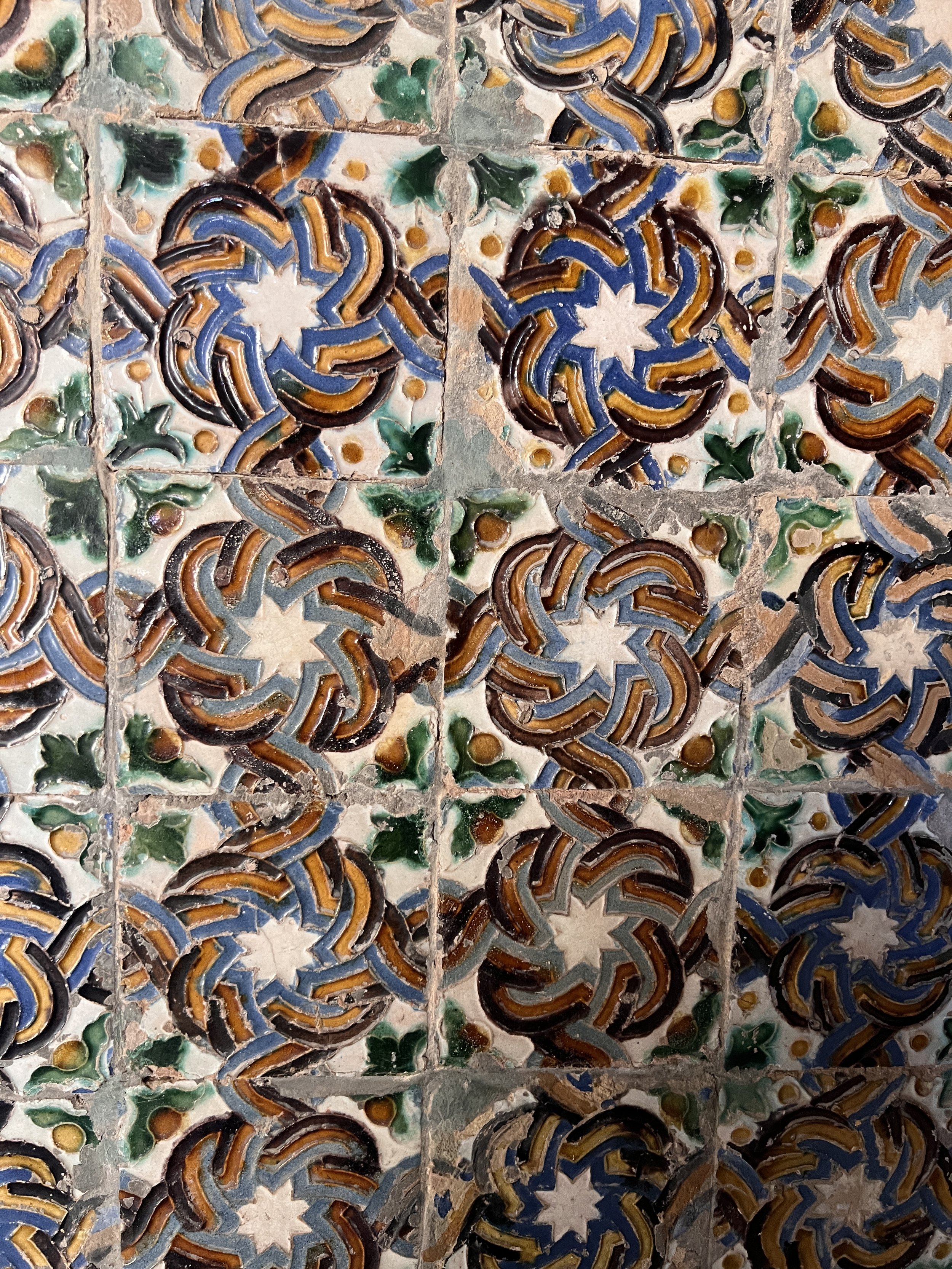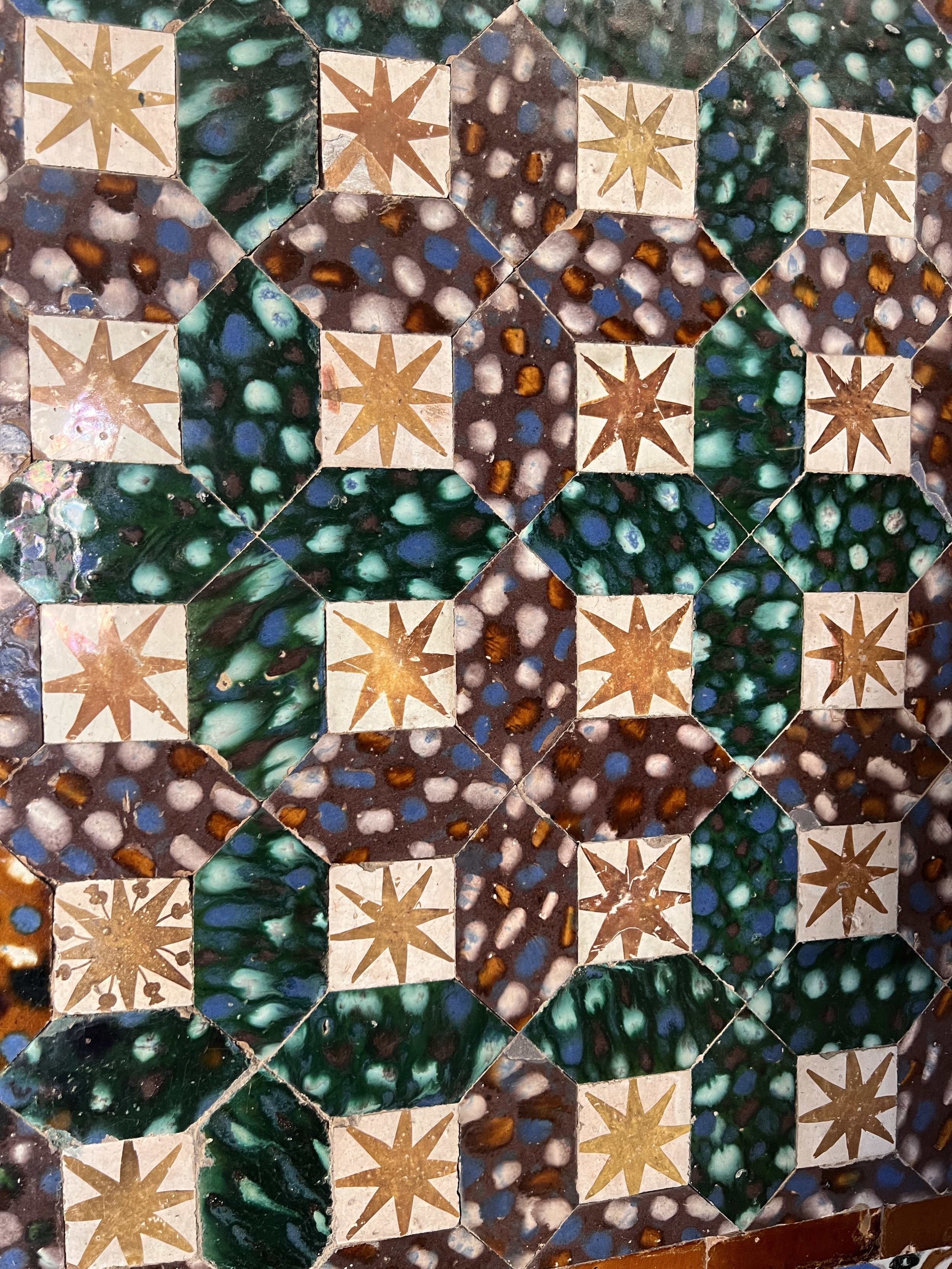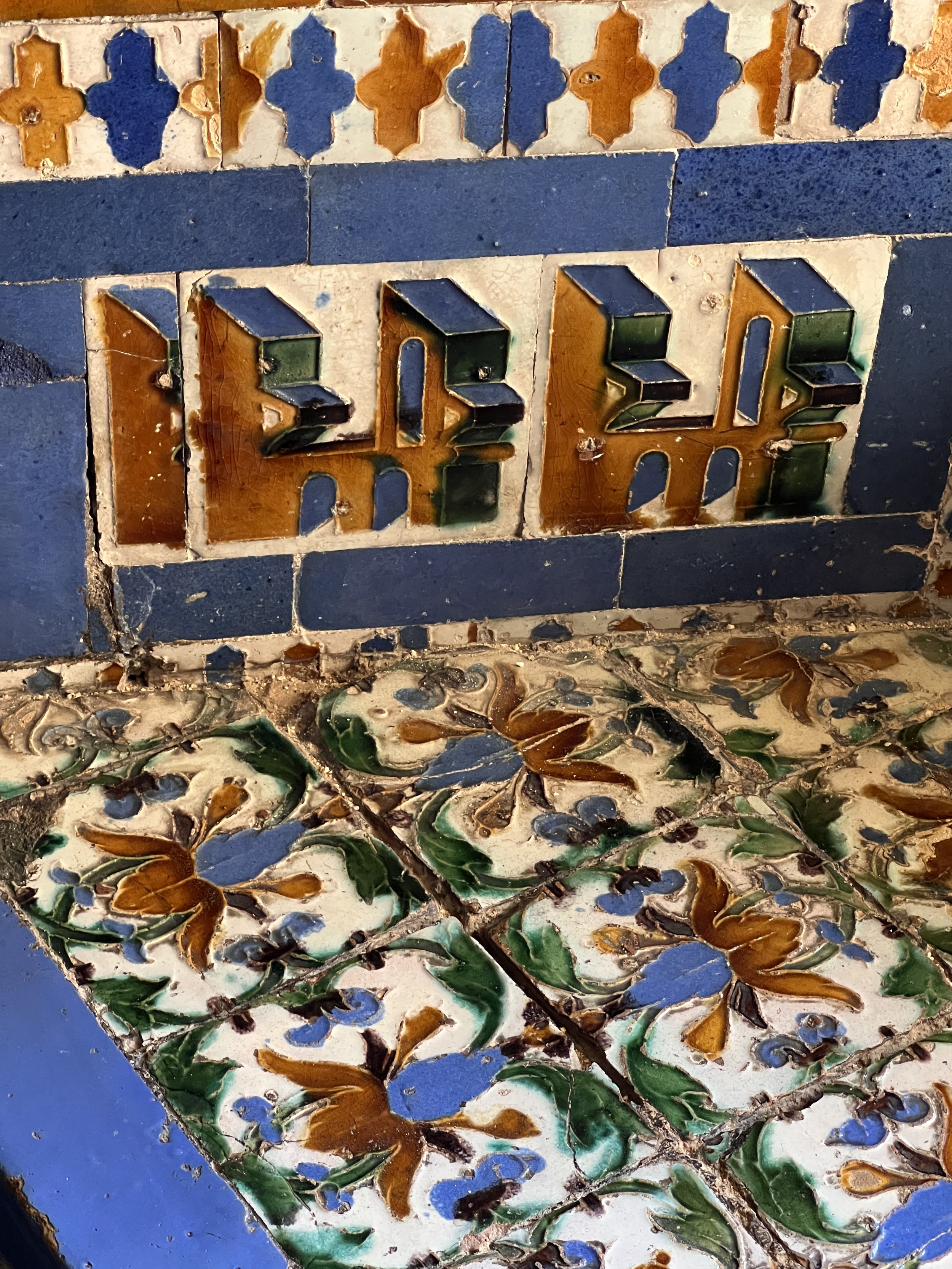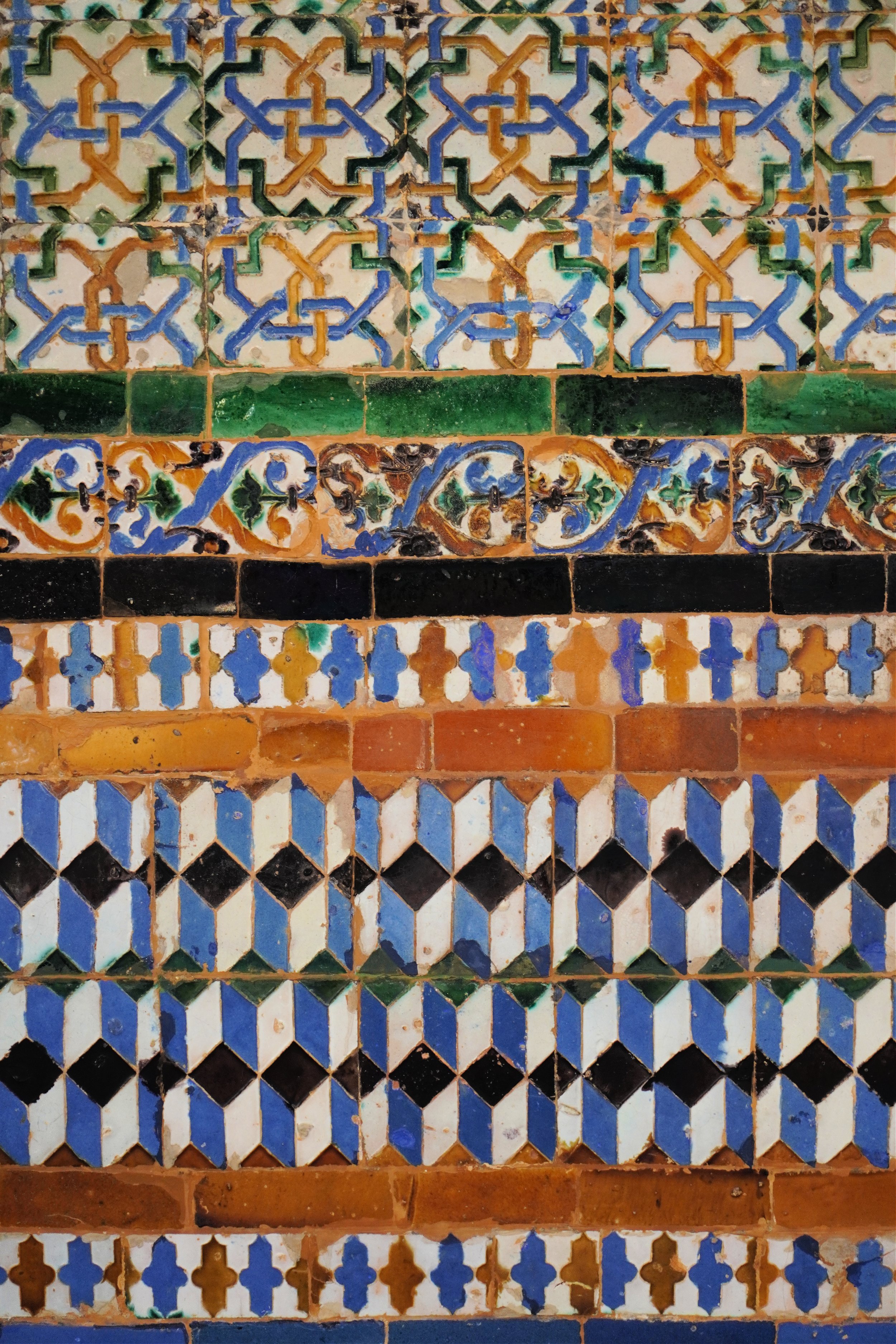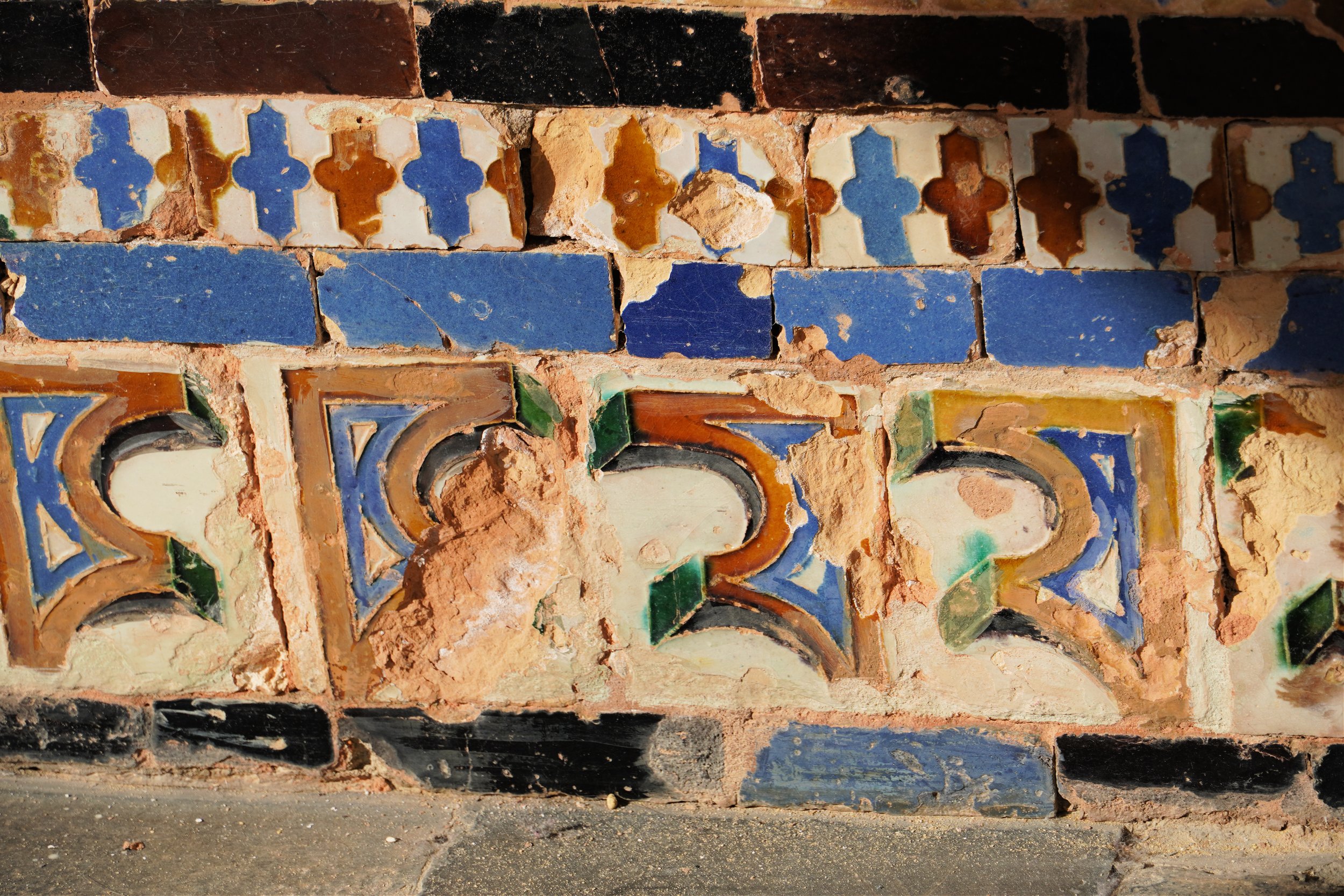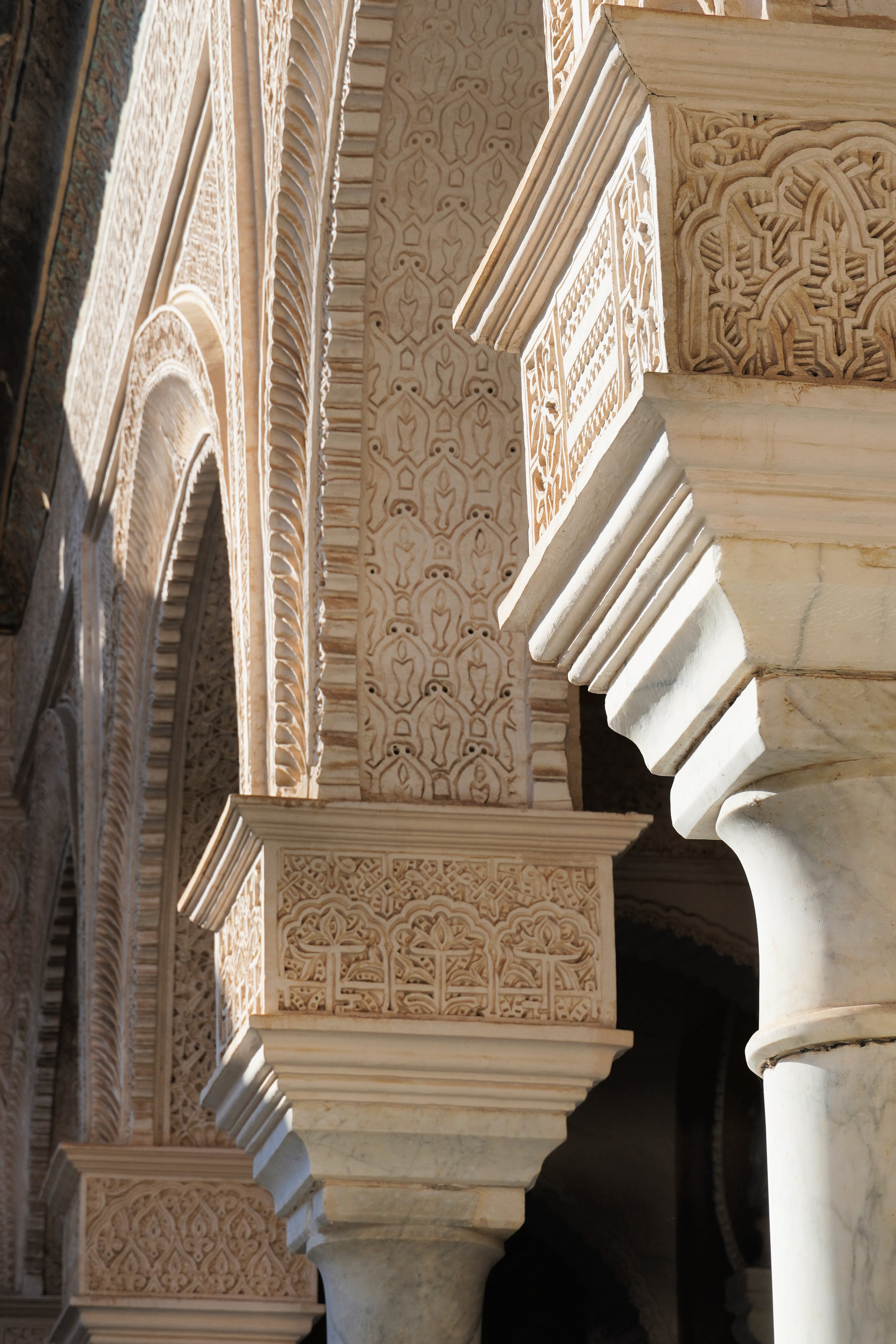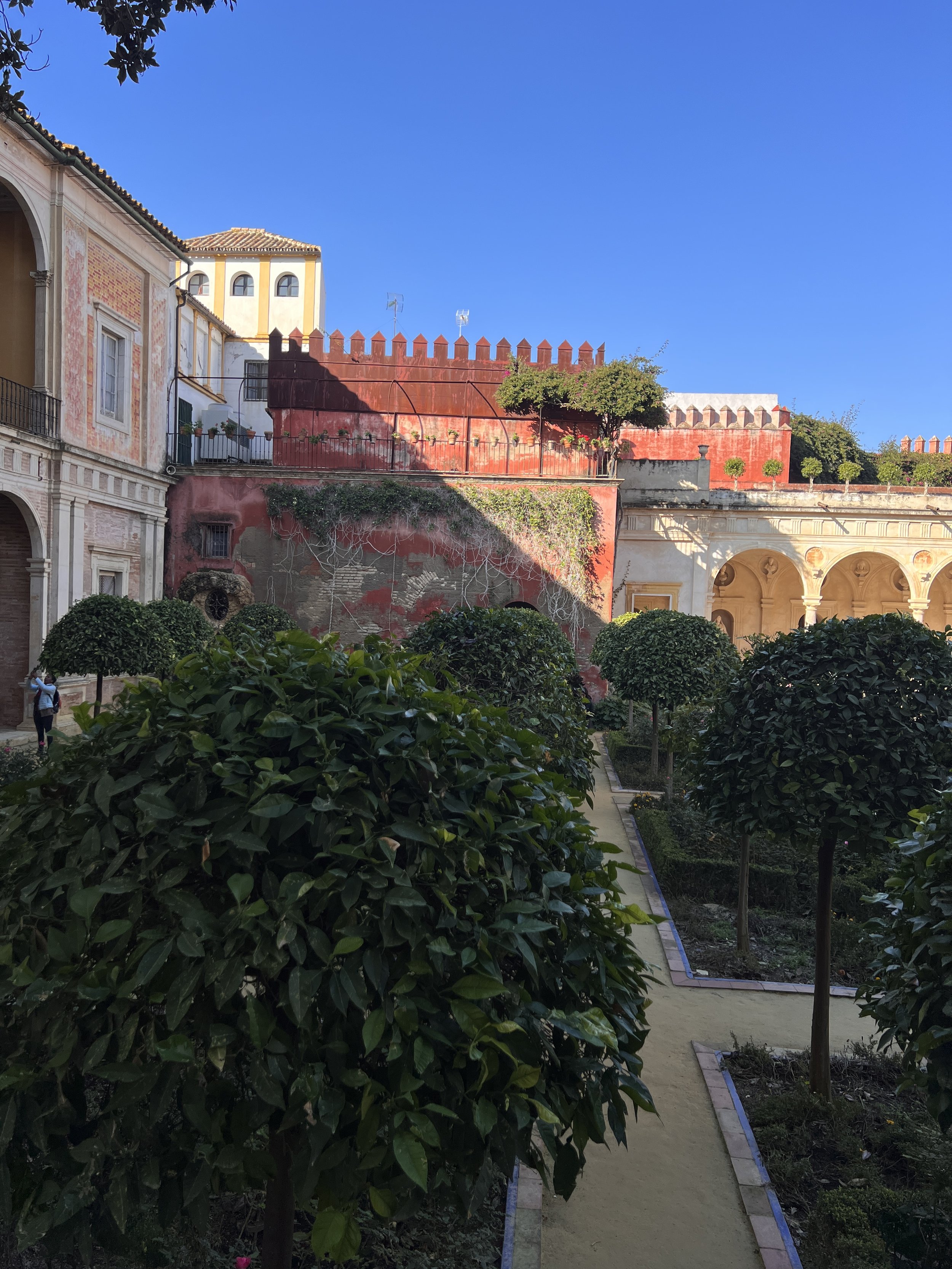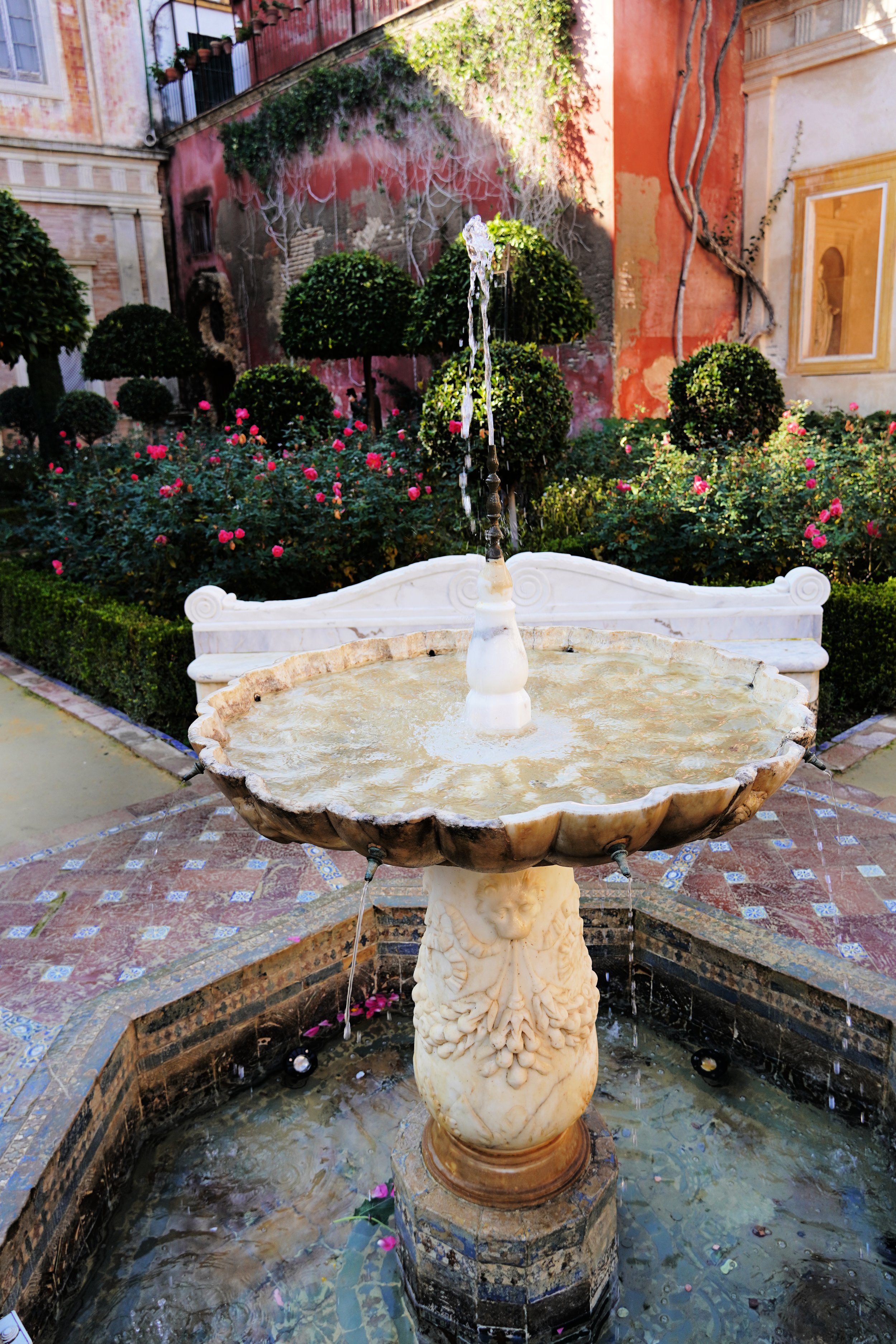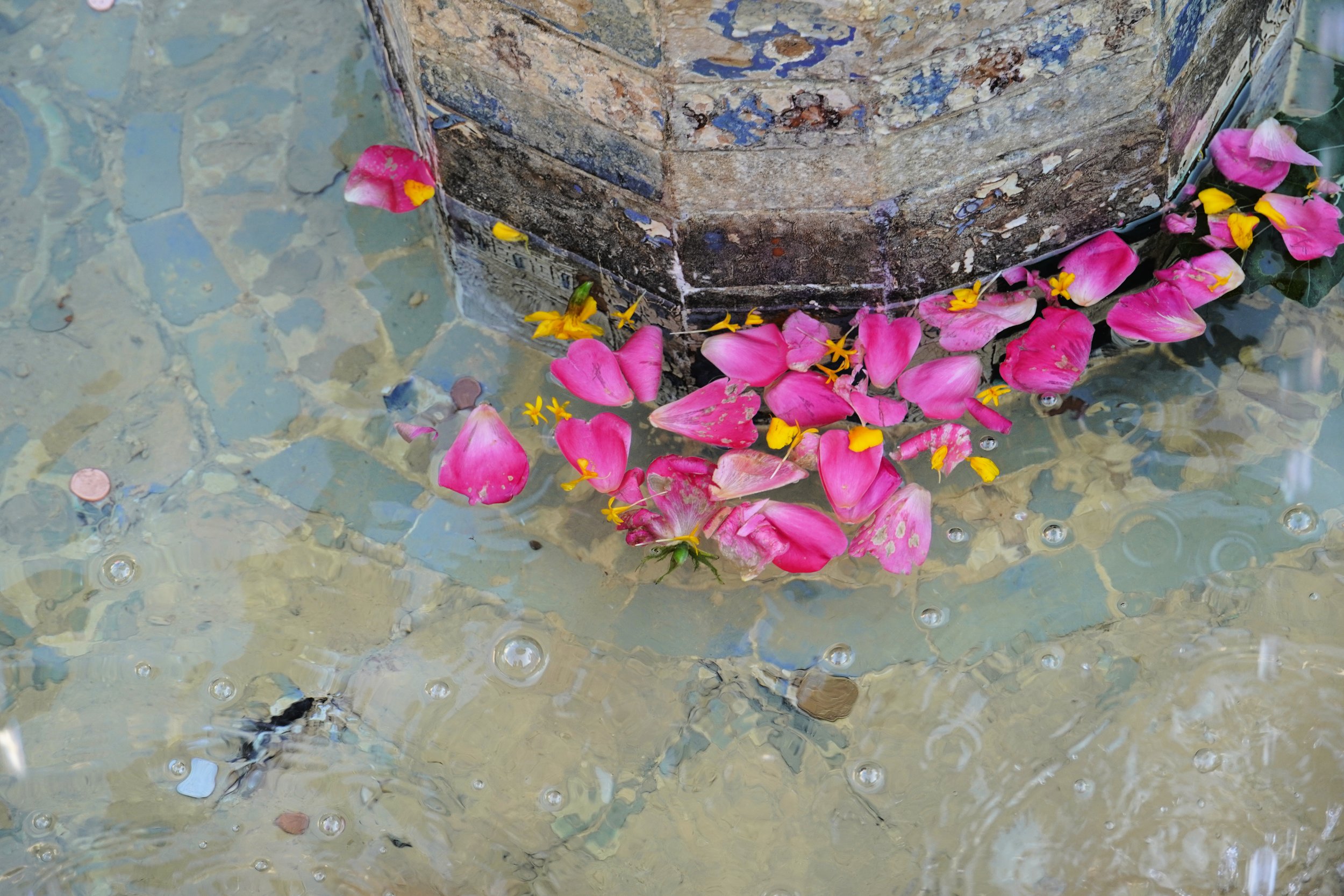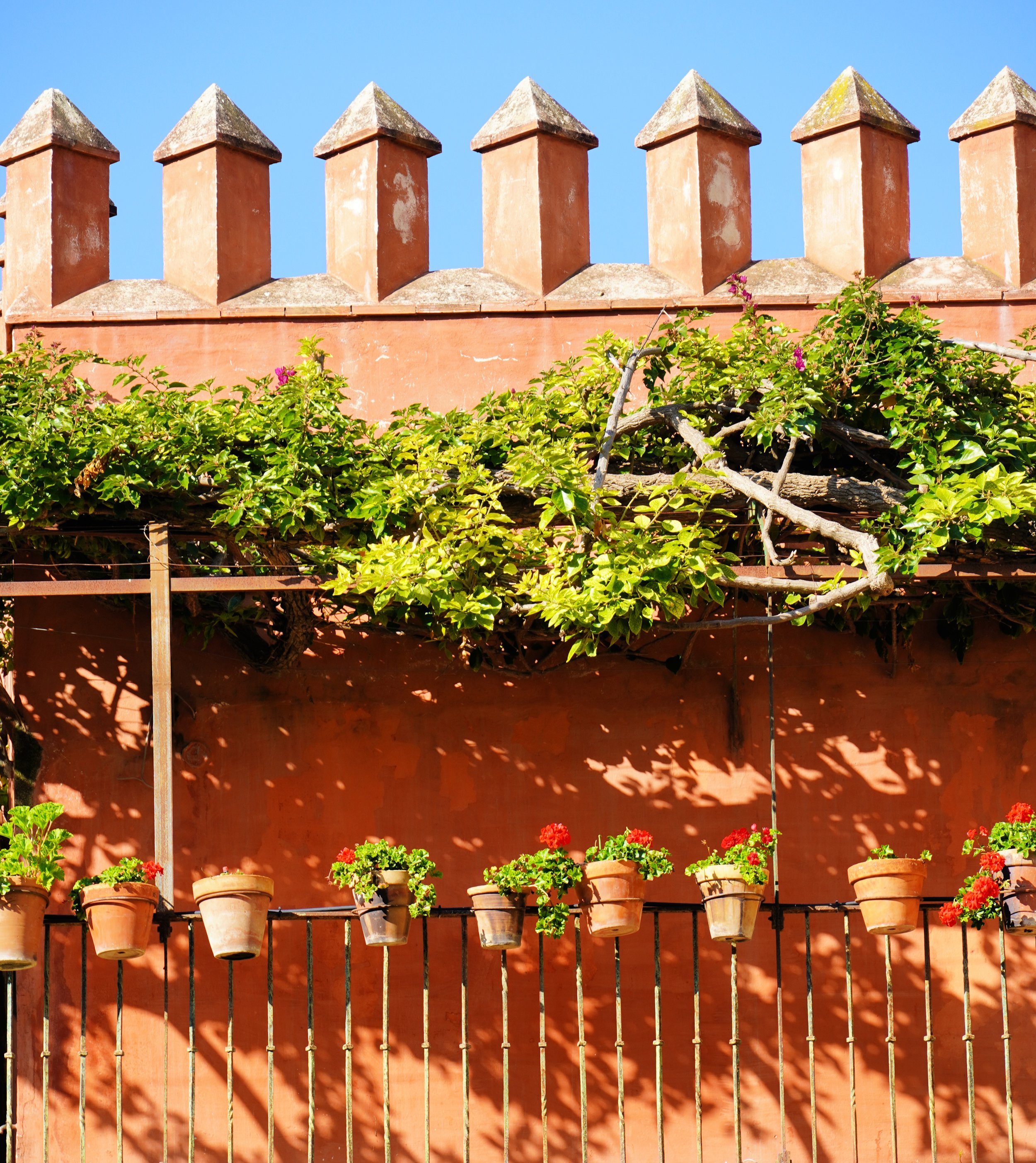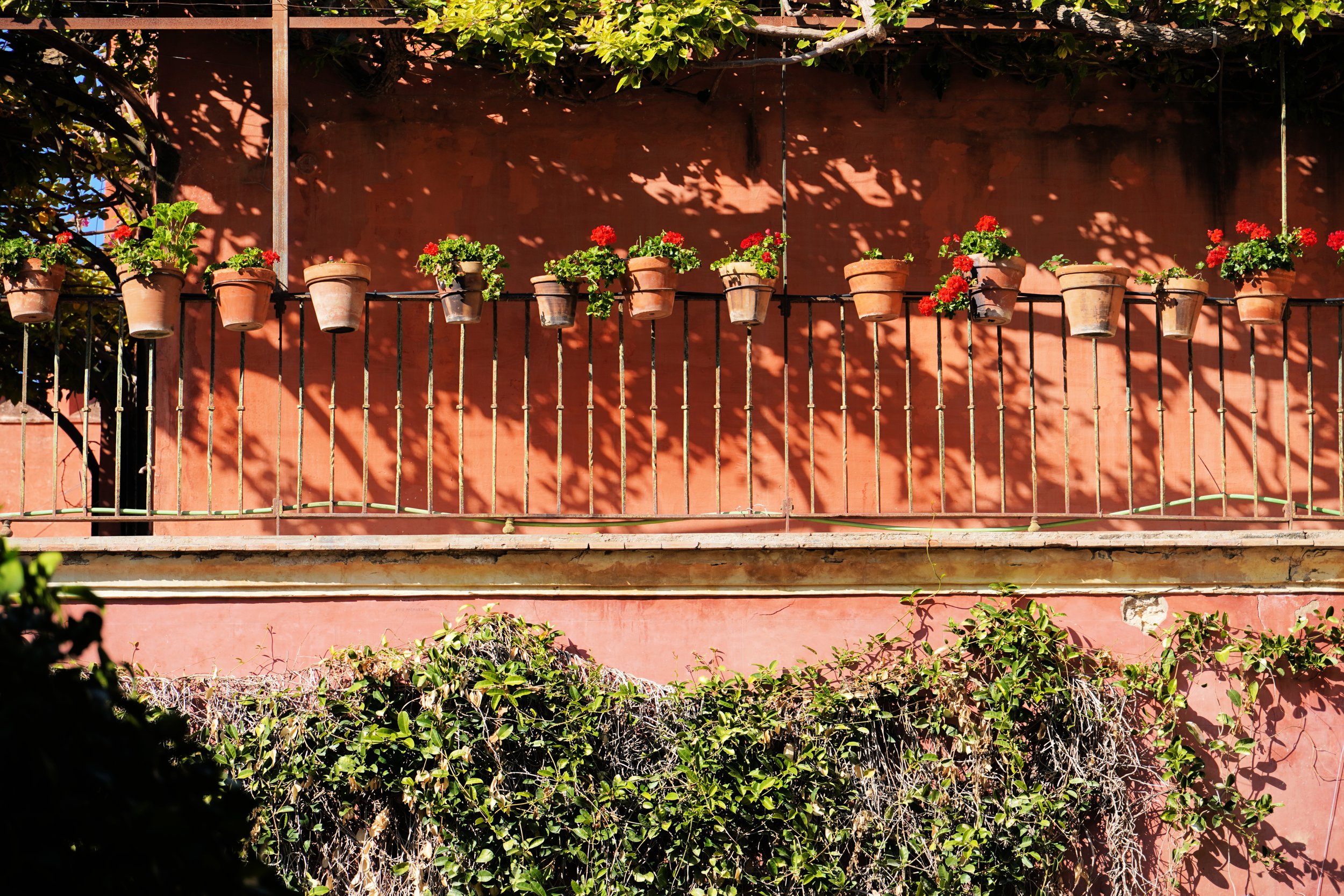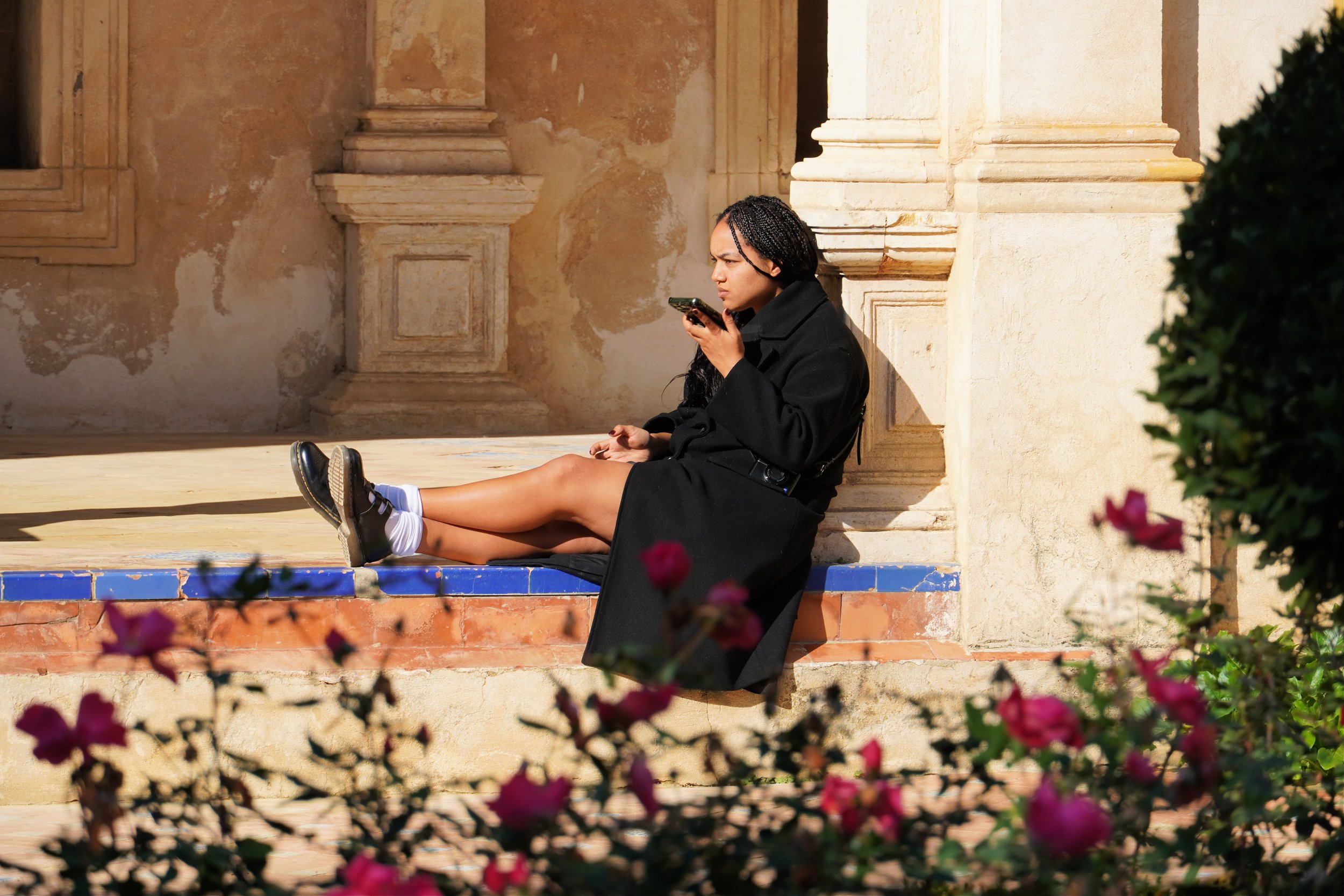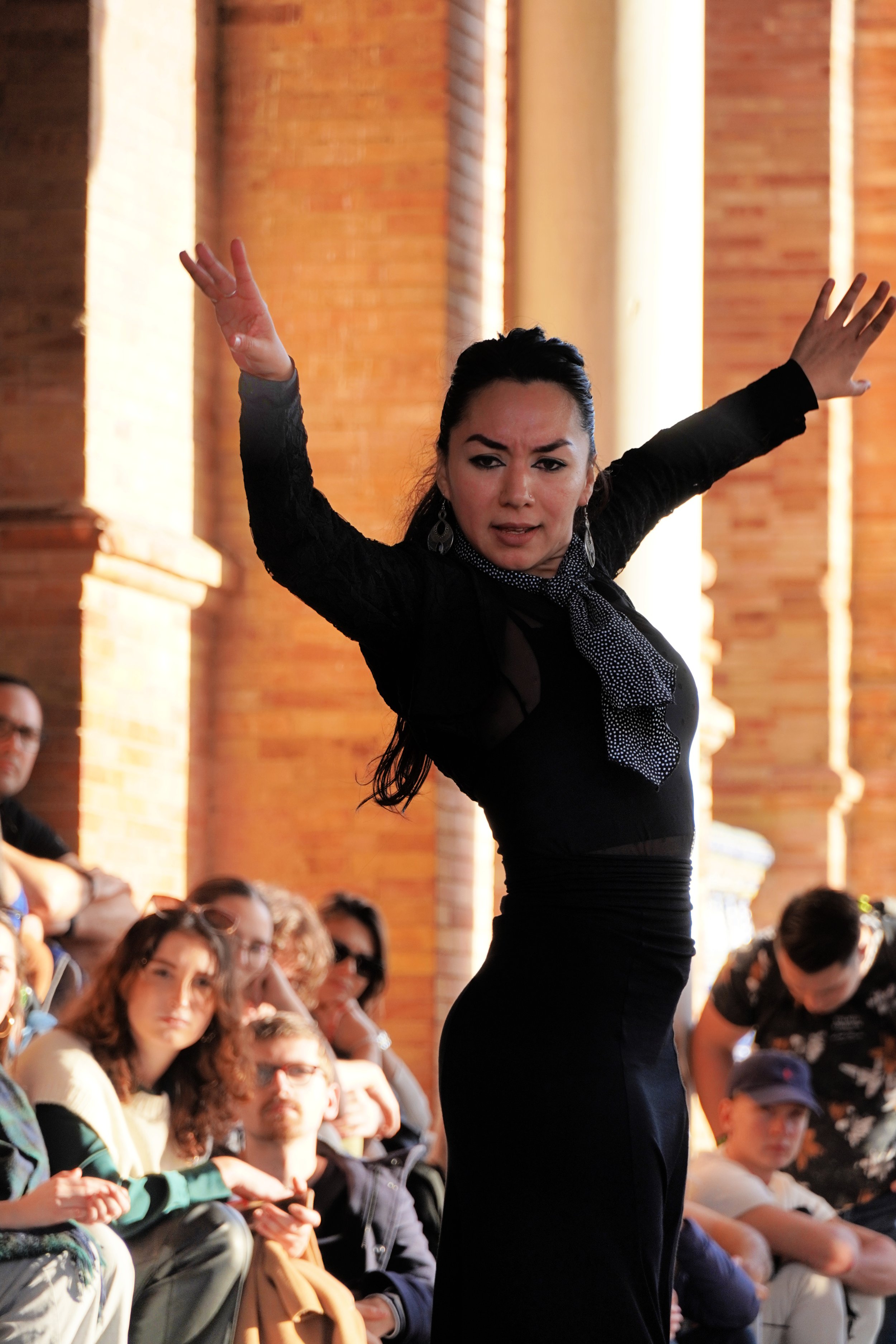Discovering Sevilla's Casa de Pilatos: A Travel Guide

Sevilla is home to many architectural beauties, but none quite as enchanting as the Casa de Pilatos. This often-overlooked treasure, nestled in the heart of the city, is a perfect blend of Renaissance and Mudéjar architecture. For those looking to experience the true essence of Seville's diverse cultural heritage, Casa de Pilatos is a must-see.
Entry to Casa de Pilatos
The Casa de Pilatos, which translates to 'House of Pilate,' was built in the late 15th century by the wealthy Enríquez de Ribera family. It is rumored to be named after Pontius Pilate, a historical figure in Christian lore, but the exact origins of the name remain shrouded in mystery. This palace is a stunning example of the cultural melting pot that is in every corner of this city — you’ll find Christian, Muslim, and Jewish influences. As with most sites in Sevilla, I suggest you purchase your tickets ahead of time. A ticket in hand will help you avoid standing in line and getting to what you came for….. to see this stunning residence!
Casa de Pilatos is the largest private residence in Seville and the permanent residence of the Dukes of Medinaceli. As I entered into the courtyard, I was immediately stopped by the arches and azulejo tiles - it is a space of vibrant colors, textures and intricate patterns. It is stunning!
Azulejo, from Arabic al-zulayj, means 'polished stone' - Spanish painted, tin-glazed, ceramic tile work. These tiles became popular in the Iberian Peninsula as a result of the Moorish influence and over time, the art of azulejo tiles evolved, incorporating various styles and techniques.
I love the way the sunlight filtered through the upper arches onto the texture of this door and the tiles around it. You can find this print in our shop!
The tiles, with their geometric patterns and floral motifs, create a vivid tapestry. Each room and courtyard in the palace offers a different theme and color palette, showcasing the diversity and versatility of azulejo art.
In addition to the tiles, the arches adorning the courtyard are amazing with their intricate carvings - they are another example of the Islamic influences sprinkled throughout this home. These architectural details along with the carved wooden ceilings and stunning marble columns all reflect the wealth and sophistication of Enriquez de Ribera family that resided here.
Moriah admiring the arches and azulejo tiles that decorate the main courtyard.
Before exiting to the gardens, I climbed the grand staircase —- it exudes wealth with its floor to ceiling tiles and a cupola ceiling of Mudéjar honeycomb. It was stunning as the natural sunlight struck it.
The gardens are a tranquil space with hedges planted in a symmetrical fashion that creates elegant pathways. There are also pink roses, fragrant jasmine and Sevilla’s signature orange trees planted throughout — I smile when I think about how beautiful this garden must be when it is in full Springtime bloom. If you pay attention, you’ll hear the sound of a small fountain soothingly tinkle in the background. I can imagine this garden was a place for peace and serenity.
Even the exterior walls of Casa de Pilatos are tiled in shades of bright mustard yellow and reds — in various shapes and patterns….. they are the backdrop of the garden. I loved the windows that looked out onto the gardens - imagine opening them during warm months and looking onto this tranquil space.
Final tips:
-For photography enthusiasts, the palace offers countless opportunities to capture the perfect shot. I found the blend of light, shadows, textures and color to be amazing.
-Avoid the crowds and try to visit early in the morning or late in the afternoon when it's less crowded.
-Keep an eye on the palace's event calendar. Casa de Pilatos often hosts concerts and cultural events, adding an extra layer of enjoyment to your visit.
-While the ground floor is accessible for those with mobility issues, the upper floors are not. Plan your visit accordingly.
-Casa de Pilatos is within walking distance of other major attractions in Seville — about 15 minute walk to the Alcazar and Cathedral. Plan a day where you can explore the surrounding Barrio de Santa Cruz.
The winding maze of alleyways of Barrio Santa Cruz are the perfect destination after visiting Casa de Pilatos.
A visit to Casa de Pilatos promises to be unforgettable - it’s a beautiful mixture of cultures and styles. When planning your Sevilla itinerary - this is a not to be missed gem!



